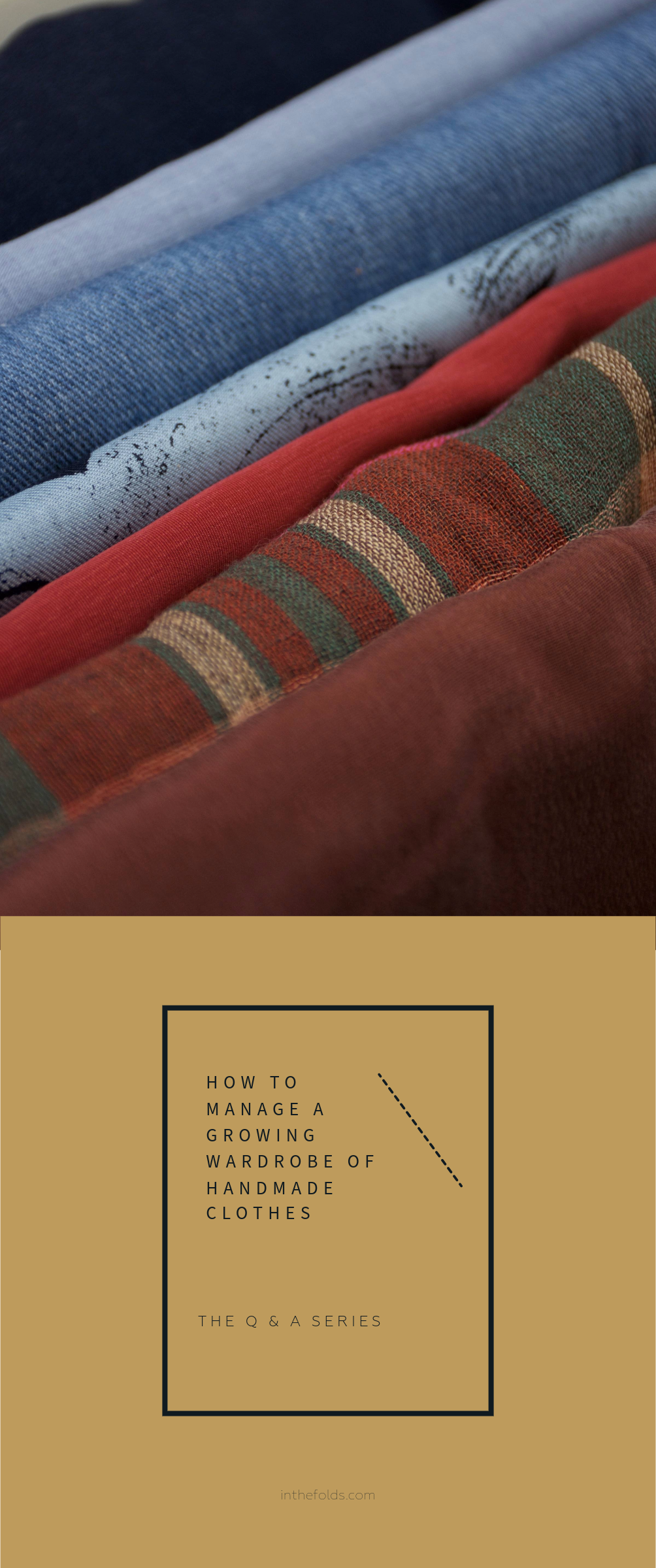THE Q & A SERIES
HOW TO CUT FABRIC STRAIGHT WHEN SEWING
Dear Emily,
You write beautiful tutorials and I save them all in the hopes that one day they will be useful. Today I'm going to try the bias binding neckline one.
The reason I'm writing is because I can't cut a straight line on fabric. It looks straight, but ends up on an angle. I'd love a tutorial. I have lovely, lovely scissors and a wheel thing.
I remember as a kid making a jumpsuit and a long dress and now I can't even make a decent rectangular bag! I made one using shark material for my grandson's bday gift. I figure that if he sees it doesn't have to be perfect it will set him free from sewing worry.
Today I'm going to sew a cushion with my granddaughter. So we're still sewing, I just really would love some help with cutting fabric! Pretty basic stuff!
Be well and thank you for your wonderful site.
April in Snowy Ottawa, Canada
Hi April,
Thanks so much for this question, and I can confirm that you are most definitely not the only person to experience this problem! It is quite a skill to cut fabric straight (at the best of times - I’ll explain what I mean by this!) so here are my thoughts on how to cut fabric straight.
POSSIBLE CAUSES FOR NOT CUTTING FABRIC STRAIGHT
My first question to you is, are you sure it’s a ‘you’ problem? You might be relieved to hear that sometimes it’s not you causing the wonkiness. Rather, the problem could be that the fabric is off grain.
What this means is that the fabric is warped or stretched during the manufacturing process. With printed fabrics (like your shark print) this can mean that even though the print looks straight, it’s not actually aligned with the grainline. This makes it impossible for you to cut your fabric straight - that is, in line with a pattern’s grainline.
Similarly, the grainline might be straight on the fabric, but it wasn’t printed straight, again meaning that when you cut a pattern according to the grainline it will look wonky.
Finally, it may not have been cut off the bolt straight, so if you’re using the cut line as a reference point, you may again end of up with a wonky piece.
TIPS FOR CUTTING FABRIC IN A STRAIGHT LINE
Square up your fabric
My first tip is to make sure the whole piece of fabric you have purchased is square before you begin cutting into it. Here’s how to do this. As close as possible to one end of your who piece of fabric (ie. no more than 2cm), snip into the edge of the fabric at a 90 degree angle to the selvedge. It’s ok to eyeball this as it should only be a very small cut (around 1cm). Take the edges of the fabric in your hands on each side of the snip and tear it from one selvedge to the other. This should cause the fabric to tear along a threadline and the result should be a straight line. You can read more in this post on how to find the straight grain on fabric.
Once you’ve checked that the grainline is straight on the fabric, give the fabric a good press. Below are some points to keep in mind when doing this.
The difference between ironing and pressing
Ironing involves moving the iron back and forth over the fabric to remove wrinkles. Pressing, on the other hand, is a technique where the iron is placed onto the fabric in a stationary position for a short period of time. Pressing is more about applying heat , pressure and moisture (through steam) to specific areas, rather than gliding the iron over the entire fabric.
In the case of preparing the fabric to be cut, be careful to gently glide the iron over fabric, rather than putting pressure on the fabric as this may stretch the fabric and cause it to go off grain. It’s a good idea to give the selvedges a good press, so you can line them up easily with the edge of your cutting table.
Lay the fabric out flat
Consider if you will be cutting flat, or cutting on the fold. Normally the pattern you are using will specify this. It will also depend on your fabric. For thick fabrics or when lining up prints, cutting flat will make for more accurate cutting. Cutting on the fold is normally the most efficient way to cut as it will speed up the process. Having the fabric on the fold and cutting two layers at once can also add stability.
When laying the fabric on your cutting surface, use a long straight line as your reference point. If you cut on a table, this could be the edge of the table, or if you cut on the floor you might like to stick a line of masking tape down which you can easily remove afterwards.
Line up the selvedge with the straight line (eg. the edge of the table) and, if you can, align the cut edge of the fabric with the corner of the table. This will confirm that the two edges are straight.
Gently move the piece of fabric into place so that it is laying flat. Don’t stretch the fabric at all. Once the selvedge is in position, use your finger tips to remove any bubbles. A long plastic ruler can also help to flatten it out, especially if it’s a large piece of fabric and you can’t reach all of it.
Don’t let the fabric drape over the table as this can distort the grain. If the fabric is too large to lay flat on the table, roll or fold the length up onto the end of the table to ensure it doesn’t pull on the fabric.
If your fabric is prone to shifting, I strongly recommend cutting it between layers of paper. Ideally you will cut between two, but even just one (either on the top or under the fabric) will make a difference. This is a great technique to use, particularly when cutting lightweight or shifty fabrics like silk.
Once your fabric is in position, you can use pattern weights (or whatever you have to hand, like tins of food!) to hold it in place.
Position the pattern pieces using the grainline to ensure they are straight. To do this, measure from both ends of the grainline to the selvedge with a tape measure. Once it’s straight, use pattern weights to hold in place and then pin.
Cutting the fabric
Make sure your scissors (or rotary cutter, if that is your preference) are nice and sharp. It can help to cut loosely around the piece before actually cutting the piece to release the tension on the fabric and ensure there is no fabric weight pulling on the fabric you’re trying to cut. However, this only works if you’ve got a bit of wiggle room with your fabric yardage!
If you’re right handed, cut with the pattern piece to the left of the scissors.If you’re left handed, do the opposite. Use your hand, or pattern weights, to hold the piece in place as you cut. Cut with long cuts, rather than small snips. Cutting like this means you can clearly see the edge of the pattern and can use your other hand to support the fabric and pattern piece. If you are finding it difficult to get to certain parts of the pattern piece to cut in this way, loosely cut around the piece so you can rotate the piece to get into a comfortable position.
HOW TO PREVENT STRETCHING ONCE FABRIC IS CUT
To ensure the fabric doesn’t stretch after cutting, it’s best to leave the pattern pieces pinned to the fabric if possible. This also means you won’t run the risk of mixing up pattern pieces.
When it comes to assembling the garment, make sure you staystitch any areas that are prone to stretching. This is normally necklines, armholes (on sleeveless garments only) and pieces cut on the bias. To staystitch, stitch 6mm (1/4in) from the raw edge. If staystitching a neckline, stitch from the shoulder down to the centre front / centre back on each side.
I hope this helps with your sewing endeavours!
Happy sewing,
Emily
For more issues of the Q & A series, you can check out the archive here.
WHAT YOU’VE BEEN MAKING
Collins top made by @gigi_made_it
Sawtell dress made by @weedstowildflowers









